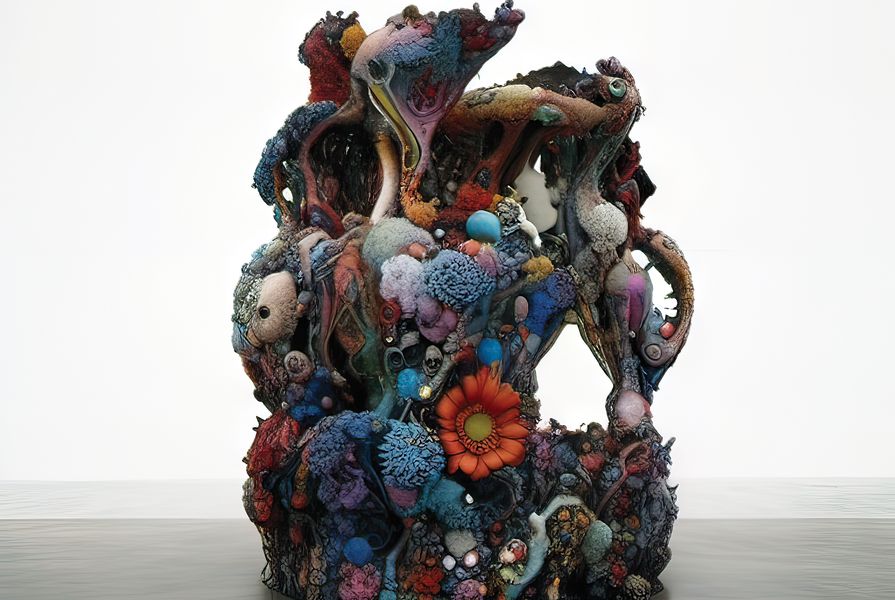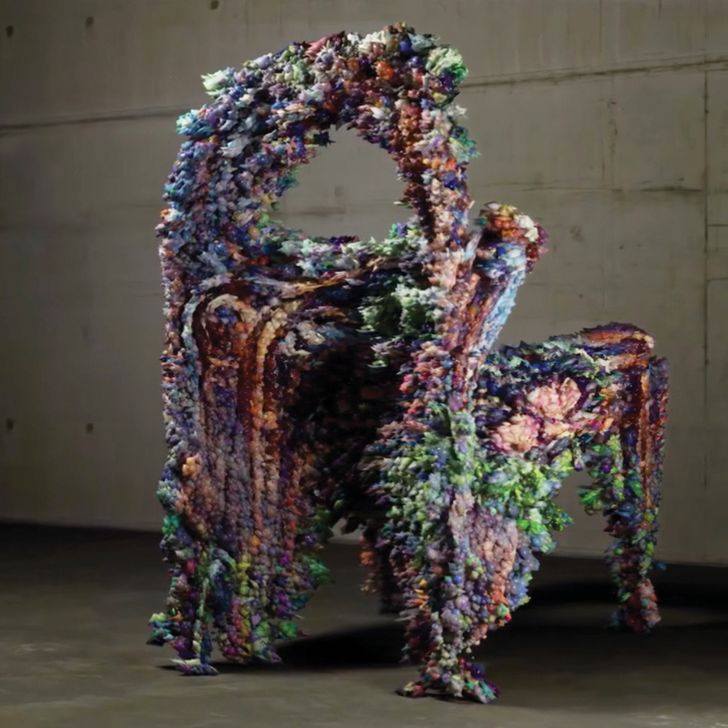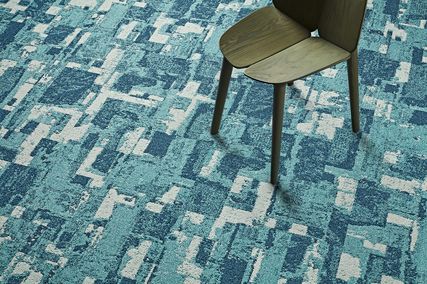M. Casey Rehm is a principal of Studio MMR in Los Angeles. The studio’s work is at the cutting edge of the application of AI and platform thinking to architecture, design and media. He is also the coordinator of the Master of Science in Architectural Technologies postgraduate program and the faculty director of the Platforms and Automation Lab at the Southern California Institute of Architecture (SCI-Arc).
Roland Snooks and Gwyllim Jahn (guest editors): Can you describe what you’re looking for in these AI-generated models?
M. Casey Rehm: From the beginning, my work has been preoccupied with the consequences of automation through synthetic intelligence as an aesthetic and cultural project. Architecture is an intensely contingent design field. The platforms we develop, therefore, integrate analytical AI models as an equally critical component to the generative models. Specific-ally, we are interested in how these models understand contexts and precedent through a lens different to our own. We spend a lot of time interrogating how the specific pattern-recognition aspects of these models can produce design stripped of the disciplinary understanding of architecture.
At Studio MMR, M. Casey Rehm generates 3D-printed models using text and 3D Gaussian Splatting.
Image: M. Casey Rehm
Guest editors: Does GAI have its own formal quality or style?
MCR: Definitely – each model has a specific formal and aesthetic quality. These emerge from the structure of the models themselves, the datasets on which they have been trained, and the methods of input encoding each use. Within our studio and the graduate program I coordinate at SCI-Arc, we emphasize several steps when developing an AI stack that are critical to creating authorship at the level of software design. These include how input data is sensed and encoded for the models, model training, how models work in relationship to each other, and how the model outputs are decoded for physical or digital production.
Each step has a massive impact on the generated aesthetics. That’s why we don’t work with products like Midjourney – you are giving too much authorship to their development team, which has a very specific way of editing your prompts, setting the model settings, etc. Midjourney’s aim is to make the path between user and “high-quality” image as short as possible. Since the platform was set up this way (it’s geared towards broad cultural acceptance and quick dopamine release), it’s impossible to produce novel aesthetic results.
Guest editors: How are the tools different to other computational design processes?
MCR: The biggest difference is that these models don’t require perfect understanding of the problem they are addressing. Instead, they focus on the particular behaviours or feature combinations necessary for producing a design. This is specifically suitable for design fields, as the decisions required to produce a project are subjective, even for the author.
We still utilize a lot of semantic AI software we’ve written in conjunction with the newer generative models. These can be more expedient for the more straightforward aspects of a project. (Calculating the floor area ratio for a site based on zoning laws doesn’t require a neural network.) Although, combining more straightforward computational design processes with an image classification model might gain more nuanced insight into what the actual constraints for the site might be, by taking into consideration potential obstacles to construction or site characteristics that are missed with other forms of survey.


















